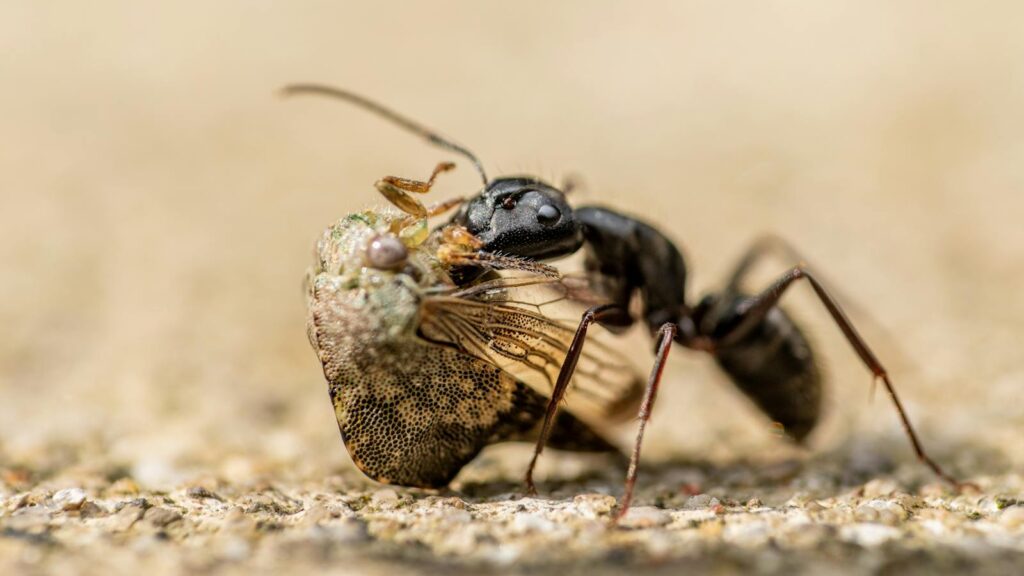In the miniature world beneath our feet exists a realm of athletic prowess that would make human Olympians question their capabilities. Insects, though small in stature, demonstrate feats of strength, speed, and survival that are nothing short of extraordinary when scaled to their size. If the insect kingdom were to hold its own Olympic Games, the competition would be fierce, with contestants showcasing abilities that have evolved over millions of years. From ants lifting many times their body weight to fleas jumping heights that would equate to a human leaping over skyscrapers, the insect world is filled with gold medal contenders whose physical achievements defy our imagination. In this exploration of the Insect Olympics, we’ll discover which bugs would take home the gold in categories ranging from raw power to lightning speed to evolutionary endurance.
The Mighty Ant: Champion Weightlifter

In the strength category, ants reign supreme as the undisputed weightlifting champions of the insect world. These tiny powerhouses can carry objects 10 to 50 times their body weight, with some species capable of lifting up to 100 times their own mass. To put this in perspective, if humans possessed proportional strength, we could lift a car over our heads with ease. This remarkable ability stems from their muscle structure and exoskeleton, which provides mechanical advantage through leverage. The leafcutter ant deserves special recognition, regularly carrying leaf fragments weighing more than 10 times its body weight for long distances and often vertically up tree trunks. Their strength isn’t just for show—it’s a crucial evolutionary adaptation that enables complex social behaviors including nest building, food gathering, and colony defense.
The Flea: High Jump Gold Medalist

When it comes to jumping, the flea would easily secure gold medal status in the Insect Olympics. These tiny parasites can leap to heights of up to 13 inches and distances of up to 19 inches—a feat equivalent to a human jumping over the Eiffel Tower. The secret behind this extraordinary jumping ability lies in the flea’s specialized jumping mechanism, which includes resilin, an elastic protein that stores and releases energy like a coiled spring. When a flea jumps, it accelerates at a rate of about 100 g’s, which is more than 20 times what humans can withstand. This jumping prowess isn’t merely impressive—it’s essential for survival, allowing fleas to launch themselves onto passing host animals and escape potential predators in a split second. The flea’s remarkable jumping capacity demonstrates how evolutionary pressure can produce seemingly impossible physical abilities in the insect world.
The Australian Tiger Beetle: Fastest Runner on Six Legs
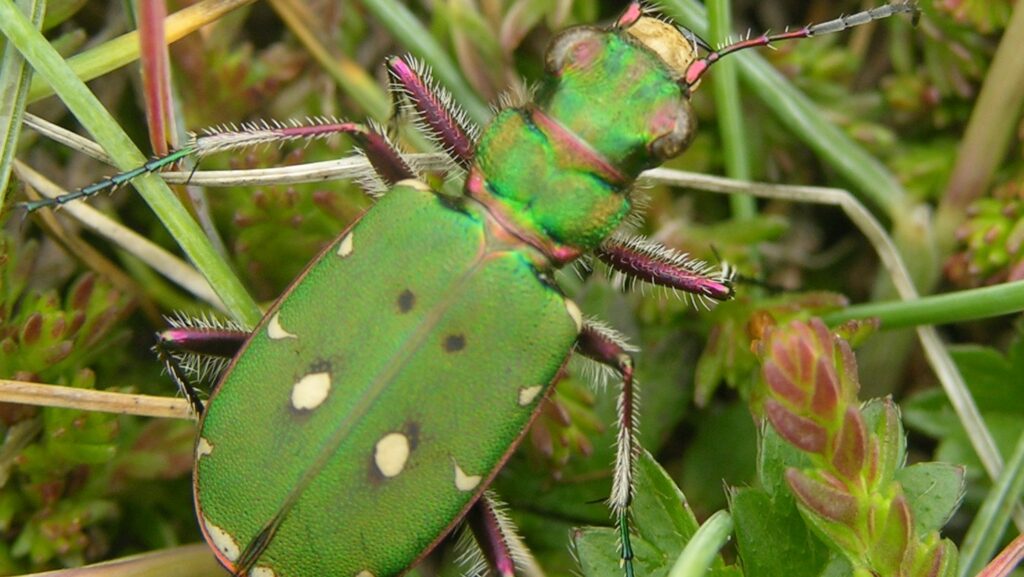
In the sprint events, the Australian tiger beetle (Cicindela hudsoni) would take home the gold medal with its blistering pace. This insect can run at speeds of up to 5.6 miles per hour, which may not sound impressive until you consider its size—scaled to human proportions, this would equate to running at nearly 480 miles per hour. The tiger beetle moves so quickly that its visual processing system cannot keep up, causing it to temporarily go blind while running at top speed. To compensate, it must stop periodically to relocate its prey, creating a start-stop hunting pattern. The incredible speed of the tiger beetle is made possible by its lightweight body, powerful legs, and energy-efficient movement mechanics. As voracious predators, these beetles use their remarkable speed to chase down prey that would otherwise easily escape slower hunters.
The Dragonfly: Master of Aerial Agility
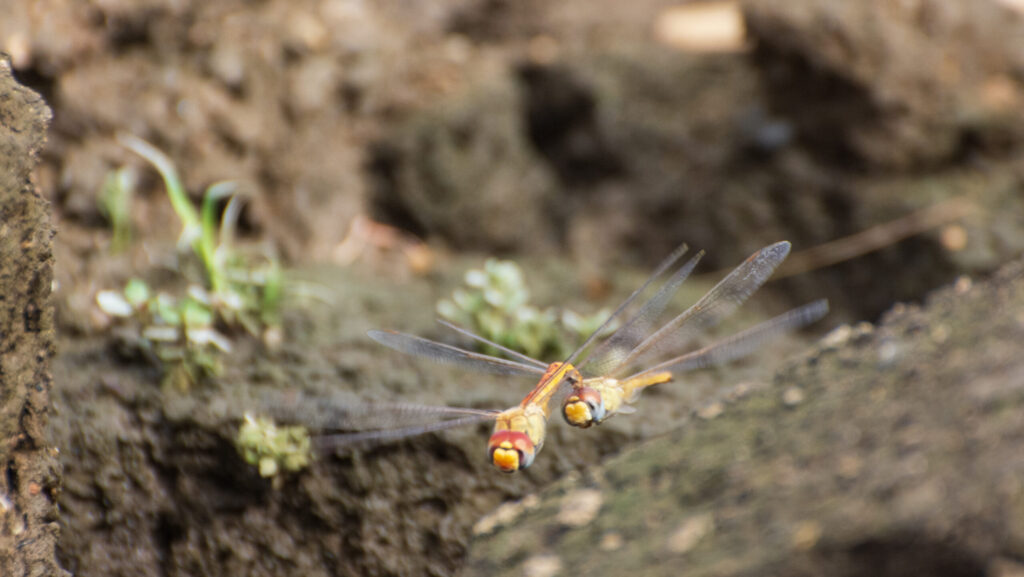
If aerial events were included in the Insect Olympics, the dragonfly would dominate the competition with unmatched flying capabilities. These ancient insects can fly forward at speeds up to 35 miles per hour, hover like helicopters, fly backward, and even mate mid-air—all while executing precision turns that would make fighter pilots envious. Their flight superiority comes from two pairs of independently controlled wings that can beat in opposite directions, allowing for maneuvers impossible for most other flying creatures. Dragonflies boast a nearly 95% hunting success rate, one of the highest in the animal kingdom, thanks to their ability to calculate the trajectory of their prey and intercept it with surgical precision. Their compound eyes contain up to 30,000 facets, providing nearly 360-degree vision that enables them to track moving targets while maintaining awareness of their surroundings—a true champion of aerial hunting and maneuvering.
The Rhinoceros Beetle: Heavyweight Champion
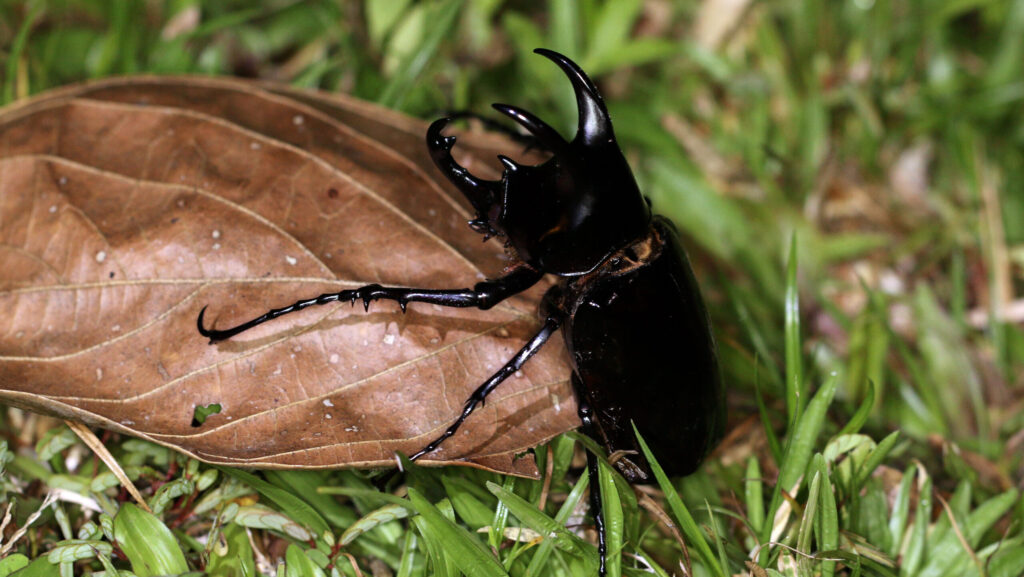
In a contest of pure strength-to-weight ratio, the rhinoceros beetle emerges as another formidable contender for the gold medal. These impressive insects can carry up to 850 times their body weight, making them proportionally stronger than any other creature on Earth. To contextualize this remarkable strength, if a human possessed the same proportional power, they could lift a 65-ton object—equivalent to about 10 elephants. The beetle’s extraordinary strength derives from its compact body design, powerful leg muscles, and the mechanical advantage provided by its exoskeleton. Male rhinoceros beetles use this tremendous strength in combat, grappling with rivals over territory and mating rights with their distinctive horns serving as leverage tools. Despite their fearsome appearance and incredible power, these beetles are harmless to humans and primarily feed on rotting wood and plant material.
The Desert Locust: Marathon Migration Champion

When it comes to endurance events, the desert locust would claim the gold for its extraordinary migratory capabilities. These insects can fly continuously for days, covering distances of up to 80 miles in a single day and potentially traveling more than 3,000 miles during their lifetime. Their migration strategy involves riding high-altitude winds to conserve energy while covering vast distances across multiple countries or even continents. Desert locusts possess specialized metabolic adaptations that allow them to maintain flight for extended periods, efficiently converting stored fat reserves into energy. Their remarkable endurance is driven by necessity rather than choice—these migrations occur when population densities reach critical levels, triggering behavioral changes that transform solitary locusts into gregarious swarms. The resulting mass migrations represent one of nature’s most impressive displays of insect endurance and have significant ecological and agricultural impacts across regions.
The Dung Beetle: Strength and Navigation Champion
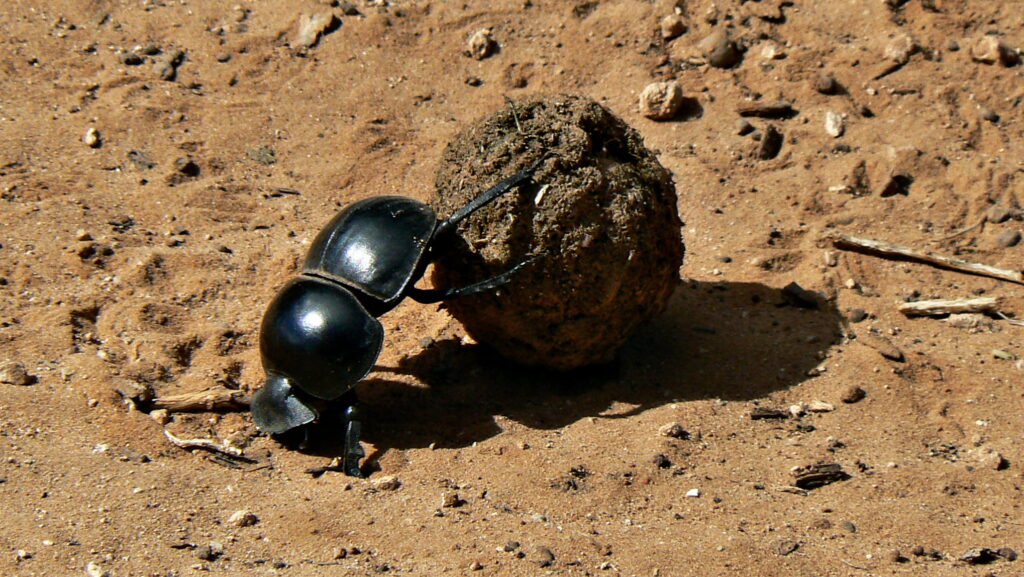
The dung beetle would take home multiple medals in the Insect Olympics, excelling in both strength competitions and navigational precision. These remarkable insects can pull objects more than 1,100 times their body weight—equivalent to a human pulling six double-decker buses filled with passengers. Their impressive strength is put to practical use as they form dung into balls, sometimes larger than themselves, which they roll away to serve as both food source and breeding chambers. Even more impressive is the dung beetle’s navigational prowess, as they roll their precious cargo in perfectly straight lines using celestial cues, including the Milky Way, for orientation. This makes them the only known insect to use the galaxy for navigation, a skill that allows them to efficiently escape competition at dung piles and avoid covering the same ground twice. Their ecological role as waste processors makes them invaluable contributors to soil health and nutrient cycling in ecosystems worldwide.
The Water Strider: Surface Tension Specialist

In the aquatic events of the Insect Olympics, the water strider would claim gold for its unique ability to walk on water. These insects exploit the principle of surface tension through specialized hydrophobic (water-repelling) hairs on their legs that prevent them from breaking through the water’s surface. Their weight is distributed across their long legs, creating dimples in the water’s surface without breaking through—a delicate balancing act that allows them to literally walk on water. Water striders can move at impressive speeds of up to 100 body lengths per second across water surfaces, equivalent to a human running at about 400 miles per hour. Their remarkable adaptation allows them to access a specialized ecological niche, hunting small insects that fall onto water surfaces while avoiding predators lurking below. The water strider’s mastery of surface physics represents one of the insect world’s most elegant solutions to the challenge of exploiting an environment that would be inaccessible to most other creatures.
The Monarch Butterfly: Long-Distance Migration Medalist
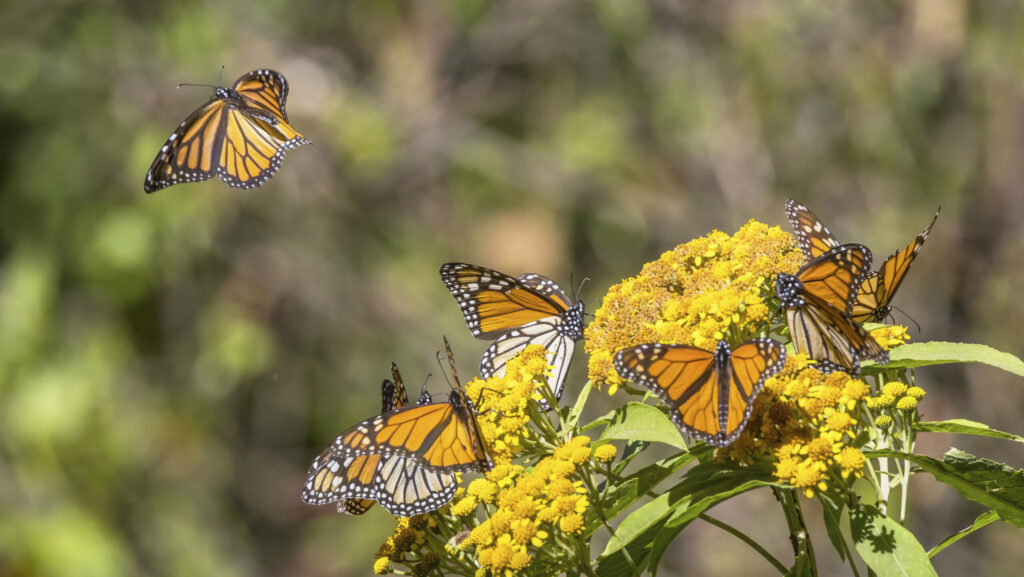
In terms of long-distance migration, the monarch butterfly would earn a special place on the Insect Olympic podium for its extraordinary multi-generational journey. These delicate insects undertake one of the most remarkable migrations in the natural world, traveling up to 3,000 miles from North America to their wintering grounds in central Mexico. What makes this feat particularly astonishing is that no single butterfly completes the entire round trip—it takes several generations to complete the full migratory cycle, with later generations somehow knowing the route despite never having traveled it before. Monarchs navigate using a combination of the sun’s position, an internal compass that senses Earth’s magnetic field, and genetic programming that guides them to specific overwintering sites. During migration, these butterflies enter a state called reproductive diapause, extending their lifespan from weeks to months and conserving energy for the journey. Their migration represents one of nature’s most magnificent examples of instinctual navigation and generational memory.
The Bombardier Beetle: Chemical Warfare Specialist
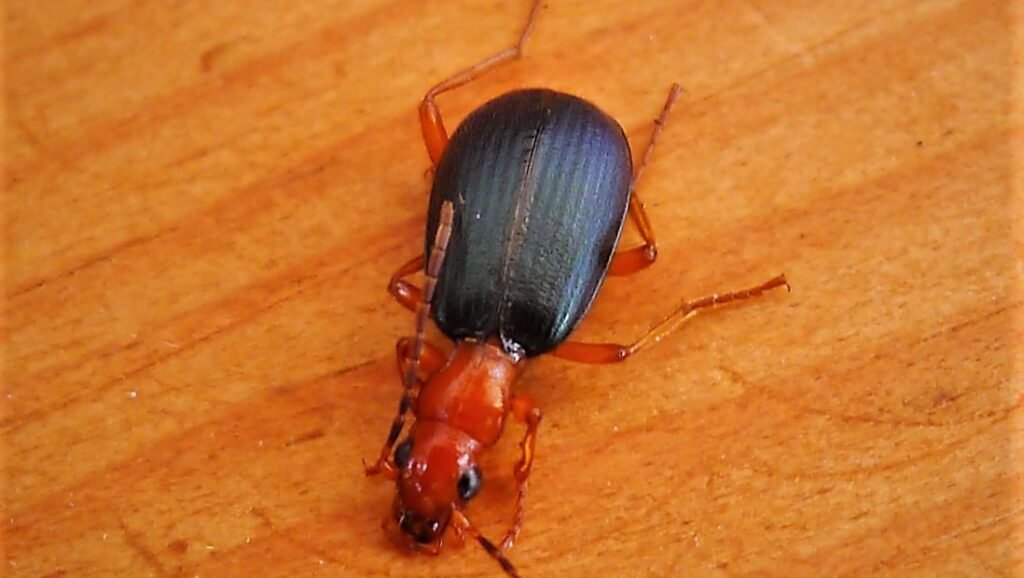
In the defensive arts category, the bombardier beetle would earn gold for its remarkable chemical defense system. This extraordinary insect has evolved a mechanism to mix hydroquinone and hydrogen peroxide in a specialized chamber, catalyzing an explosive reaction that produces a boiling, caustic spray which can be aimed with remarkable precision at predators. The resulting chemical spray exits the beetle’s abdomen at nearly 100°C (212°F) with an audible popping sound, capable of deterring even large predators like frogs and birds. The bombardier beetle can fire multiple defensive blasts in rapid succession and aim its chemical weapon with surprising accuracy by rotating the tip of its abdomen. This sophisticated defense system represents one of the most complex chemical mechanisms in the insect world, involving multiple chambers, enzymes, and a precisely controlled exothermic reaction. The bombardier beetle’s chemical warfare capabilities demonstrate the extraordinary defensive specializations that can evolve under predatory pressure.
The Cockroach: Survival Champion
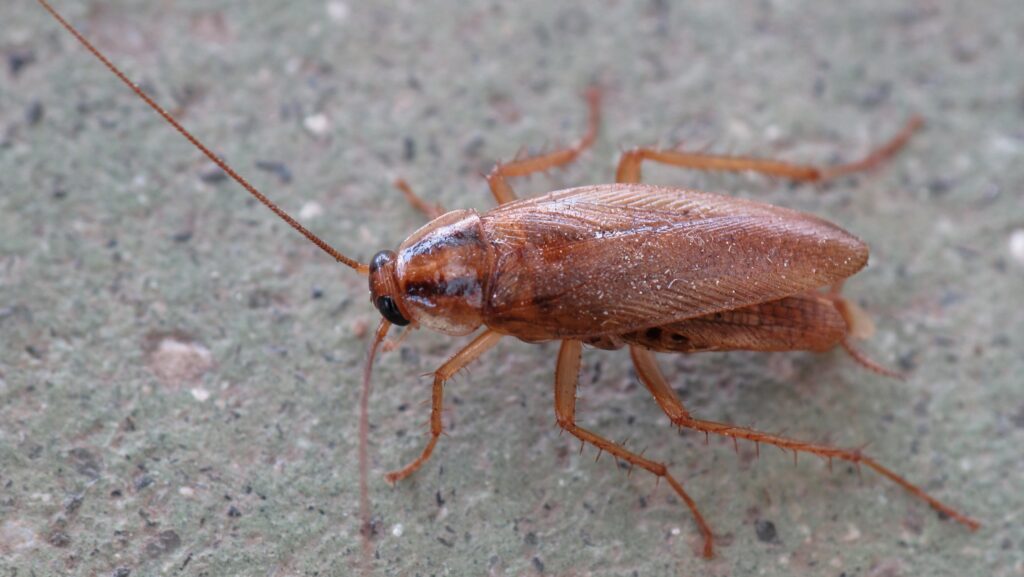
If survival were an Olympic event, the cockroach would undoubtedly take home the gold medal as the ultimate survivor of the insect world. These hardy insects have existed for more than 300 million years, surviving multiple mass extinction events including the one that wiped out the dinosaurs. Cockroaches can survive without food for a month, live without their heads for weeks (until they die of thirst), withstand radiation levels far higher than humans can endure, and hold their breath for up to 40 minutes. Their flattened bodies allow them to squeeze through incredibly narrow cracks—as thin as a credit card—enabling them to access hidden food sources and escape predators. Some species can even survive being submerged underwater for up to 30 minutes. The cockroach’s legendary resilience stems from its simple nervous system, efficient respiratory method, and remarkable adaptability to varying environmental conditions—qualities that have allowed these insects to thrive in almost every habitat on Earth and earn their reputation as nature’s ultimate survivors.
The Honeybee: Teamwork and Communication Gold
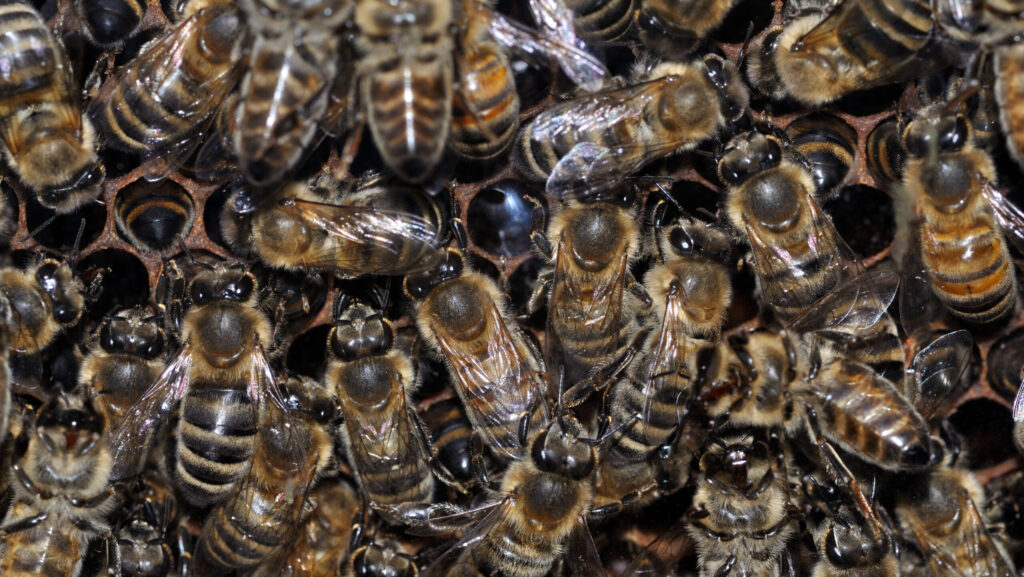
In the category of social coordination and teamwork, the honeybee colony would earn the highest honors at the Insect Olympics. These remarkable insects have developed one of the most sophisticated communication systems in the animal kingdom—the waggle dance—through which forager bees can communicate the distance, direction, and quality of food sources to their hive mates with extraordinary precision. A single honeybee colony functions as a superorganism, with up to 60,000 individuals working in perfect coordination, maintaining hive temperature within 1°C of optimal conditions through collective behavior. Honeybees demonstrate division of labor based on age and colony needs, with workers progressing through different roles throughout their short lives—from cleaning cells and nursing larvae to foraging and defending the colony. Their collective intelligence allows them to make democratic decisions about new nest sites through a consensus-building process that rivals human voting systems in its effectiveness. The honeybee’s social complexity and communication abilities represent the pinnacle of insect cooperation and demonstrate how individual organisms can function as components of a larger, more intelligent collective entity.
The Tardigrade: Ultimate Extremophile Champion

Though technically not an insect but a microscopic water-dwelling eight-legged micro-animal, the tardigrade deserves honorable mention in the Insect Olympics for its unparalleled survival abilities in extreme conditions. These tiny creatures, commonly known as water bears, can survive temperatures from near absolute zero (-458°F) to well above boiling (300°F), withstand pressures six times greater than those found in the deepest ocean trenches, and tolerate radiation levels thousands of times higher than what would be lethal to humans. Perhaps most impressively, tardigrades can enter a state called cryptobiosis, essentially suspending their metabolism almost completely and surviving without water for up to 30 years, only to revive when conditions improve. They have even survived the vacuum of space in low Earth orbit during scientific experiments. The tardigrade’s extraordinary resilience stems from unique proteins that protect their cells from damage during desiccation and other stress conditions. While not competing directly with insects, these microscopic marvels represent the ultimate gold standard for survival adaptations in the animal kingdom.
As we conclude our Insect Olympics, it becomes clear that the miniature world of bugs contains athletic capabilities and survival adaptations that far outshine anything in the human realm when considered proportionally. From the mighty strength of the rhinoceros beetle and the blistering speed of the tiger beetle to the navigational precision of dung beetles and the chemical warfare expertise of the bombardier beetle, insects have evolved extraordinary specializations over their 400+ million years on Earth. These capabilities aren’t merely fascinating curiosities—they represent evolutionary solutions to environmental challenges, refined over countless generations. Scientists continue to study these remarkable adaptations, drawing inspiration for everything from robotics and materials science to medicine and engineering. The next time you encounter a seemingly ordinary insect, remember that you may be looking at a gold medalist in nature’s own Olympic games, a tiny champion whose abilities, scaled to human size, would be nothing short of superhuman.

